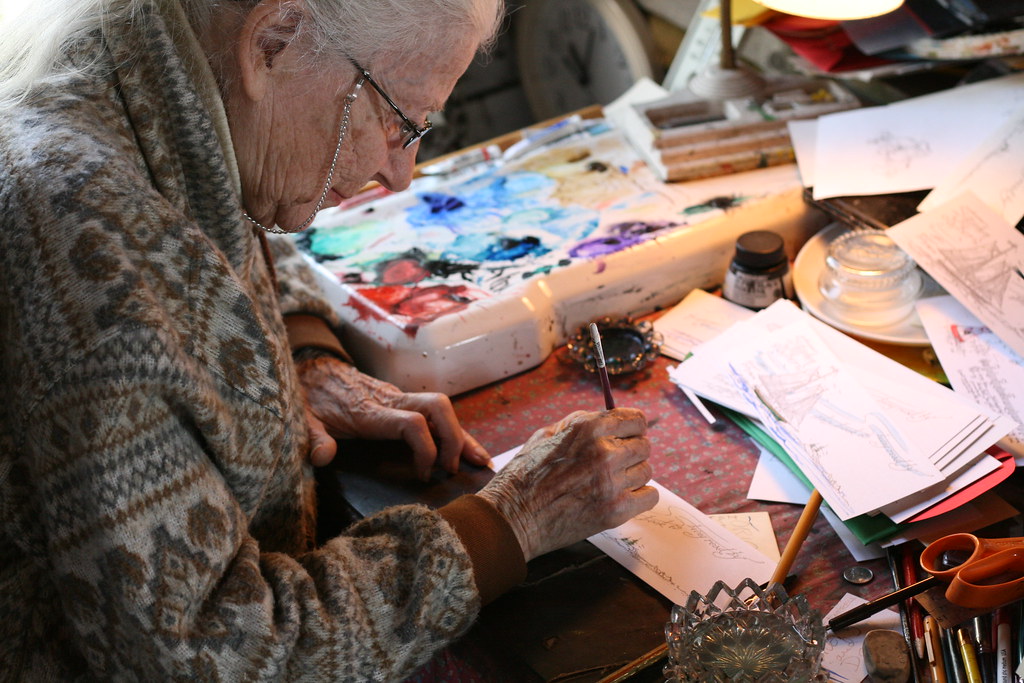The Historical Context
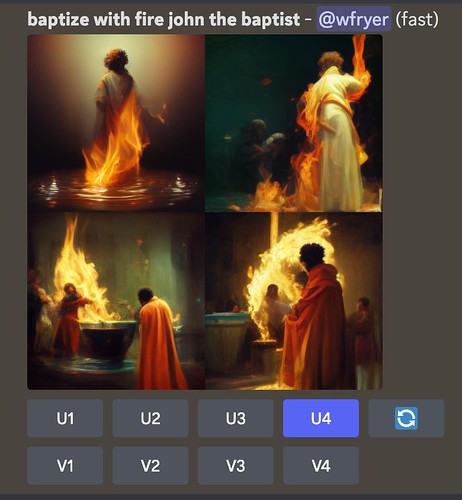
In this blog, it mostly talk about the tension between paintings produced by our modern artificial art and works of art made by artificial intelligence, as well as whether or not these works of art actually qualify as “art.” This blog concentrate on the characteristics of contemporary works of art produced by AI, as well as how such art is produced. The development of AI provides more creativity and gives people more thinking. The development of AI also triggers people to have ethical thinking about AI art, whether the art created by AI is a recognized work of art. Among them, Midjourney is an AI automatic painting platform, people only need to put the art keywords they want into Midjourney, and then the software will automatically generate pictures (Gluska, 2023). While typing keywords on Midjourney, the AI painting software will generate four photos for people to choose, from and then input the keywords to optimize the generated photos (Borji, 2022).
The Economics of Art: Sunk Costs
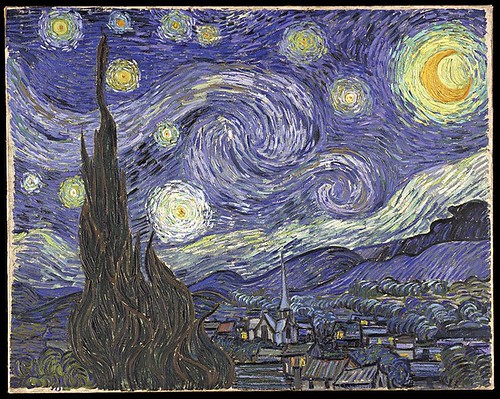
While traditional art has its own value and historical significance, the evolution of artificial intelligence in the art world, bolstered by disruptive platforms as described by Mansell and Steinmueller (2020), offers a time and cost efficient alternative that is making ripples in contemporary art. In traditional art, it takes a lot of time to create a work of art. For example, Van Gogh saw the night outside the window of St. Paul’s mental hospital in St. Remy, which shows his unique impressionist style and inner emotion (Bailey, 2018). Traditional art usually requires a lot of manpower, time, and material resources. Artists may take years or even decades to hone their skills, and the time and effort invested over these years are sunk costs (Heilbrun & Gray, 2001). In addition, material costs, such as canvas, pigments, sculpture materials, etc., also can not be ignored (Heilbrun & Gray, 2001). By contrast, the art of AI generation is usually lower in terms of sunk costs. Once developed, algorithms can generate large works of art quickly and at a low cost. In addition, training data from the AI can usually be used multiple times, further reducing the cost per unit of work. The works created by AI paintings are created at a very low price compared to those created by people. Such a low price is undoubtedly a big challenge to artificial art. And the paintings created by the AI can also be officially copied and are unified in style. It’s worth noting that, according to Midjourney website, even the most expensive subscription plan Midjourney offers is $120 per month, with the basic monthly subscription cost starting at $10 (Midjourney, n.d.). Importantly, although there are substantial upfront costs associated with the development and maintenance of sophisticated AI models, these costs do not fall on end-users. This ensures that the overall monetary and labor costs of AI art for consumers remain astonishingly low.
Aesthetic Value: Foundational Aesthetics
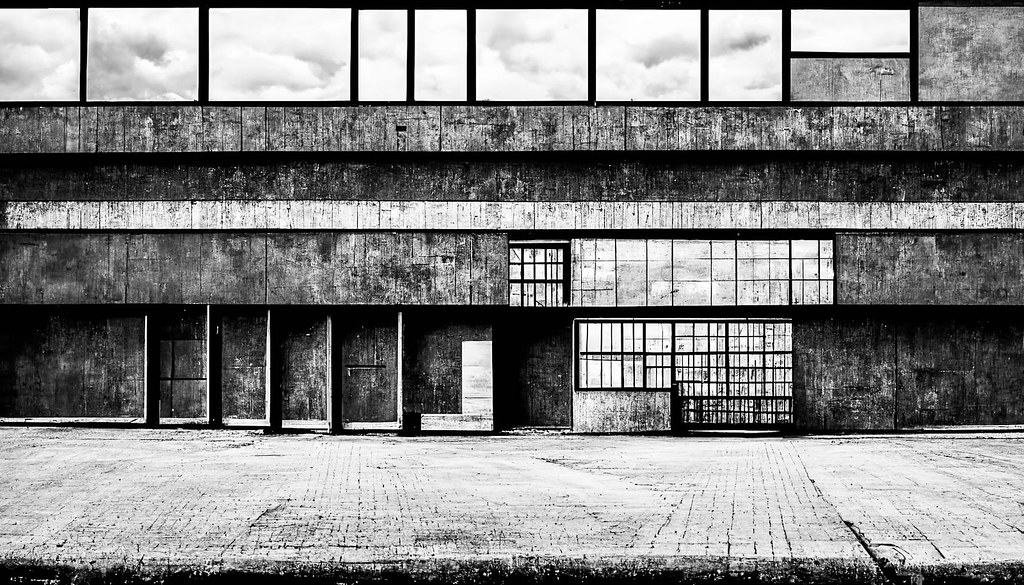
In terms of aesthetic form, artificial intelligence is capable of replicating the compositions of past human creators. Human artists are good at creating works that demonstrate a deep understanding of balance, harmony, and visual flow. They can use their creativity and intuition to arrange the elements in a way that attracts the audience. Similarly, AI can analyze patterns and structures in existing works of art to produce works that follow the principles of balance and harmony (Borji, 2022). It can create visually pleasing layouts based on the learned patterns. It creates paintings according to the coordination of the art itself. AI algorithms can automatically select colors based on predetermined parameters or learning data. In the art of AI generation, lines are usually the result of algorithms or mathematical functions. Midjourney is a good example, since it references and integrates the painting styles of many different artists, and at the same time tries the line beauty and integration of mathematical models of traditional art to create a work of art (Gluska, 2023).For example, Midjourney could imitate Picasso’s Cubism (Shams, 2023). It is fascinating to observe how AI navigates the intricate facets of Cubism, analyzing its fragmentation of objects and reconstruction of abstracted forms, in order to create art that pays homage to Picasso’s innovative style while incorporating a contemporary, digital twist.
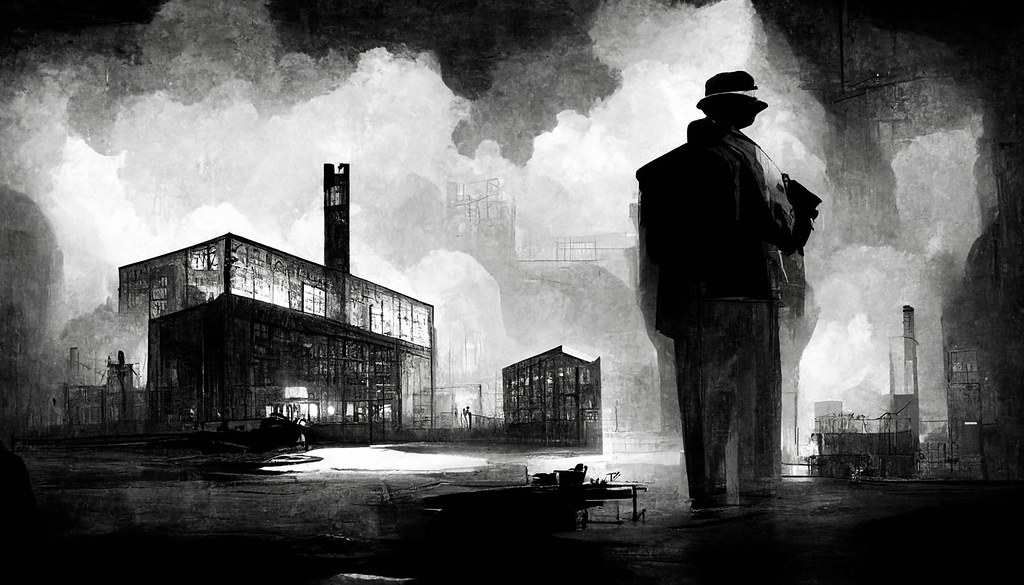
Human beings create works of art through the story behind the painting and the artist’s own understanding of life. Take Picasso’s Guernica as an example, this work not only has a visual impact but also has profound connotations in the theme, cultural, and social aspects. The work is a strong reaction to the bombing of the town of Guernica in the 1937 Spanish Civil War, showing the tragedy of the war and human suffering (Clark, 2013). Here, the theme of depth is not only in the visual symbols, suffering people and animals, distorted bodies, and other aspects but also reflected in the emotion and thinking caused by the work. Such artworks are born from profound human connections to real-world events, something AI, in its current state, cannot fathom or replicate.
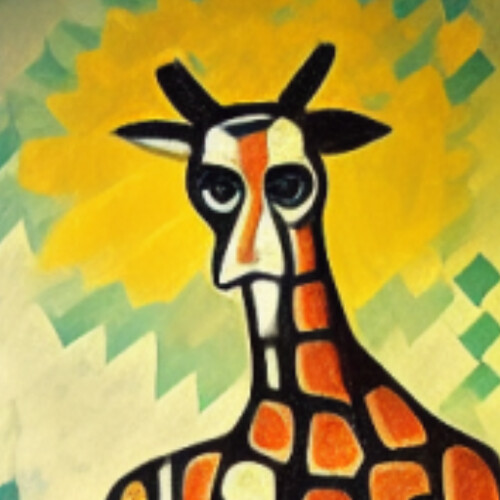
Aesthetic Value: Contextual and Social Dimensions
Works like Guernica are in sharp contrast to a single work of art generated by the AI. Human beings create every work of art with a passion for life, while AI cannot. Although artificial intelligence is capable of dissecting the elements of a painting and even imitating renowned artistic styles, it cannot capture or convey the soul and emotion that a human artist infuses into their work (Cetinic & She, 2022). Humans’ creativity is infinite, and the birth of each art is because of people’s curiosity, while AI is based on the existing art more perfect and secondary processing. Every human artist has a unique world view and unique life experience. Their art is a tool for expressing their personal views and contributes to the diversity and richness of the art world. Algorithms may replicate the styles and patterns of existing art, but they lack the ability to provide truly new perspectives derived from the depths of human consciousness (McCormack, Gifford, & Hutchings, 2019). At the same time, the serious art of AI is beautiful lines and harmonious picture structure, and such art is only pure beauty and coordination.
Moreover, the emergence of art created by artificial intelligence raises novel and complex concerns regarding copyright and intellectual property rights (Grey, 2020). As machines become more adept at creating art, the distinction between human originality and machine imitation blurs, making it difficult to discern who or what owns the created artwork. Traditional copyright laws are based on human creativity and intent; however, AI muddles these concepts (Hristov, 2016). Who possesses the rights to a new piece of art created by an AI that draws inspiration from vast databases of existing human art? The original artists that inspired the AI, its creators, or the AI itself? At the intersection of art and artificial intelligence, such dilemmas highlight the legal complexities and ethical quandaries that arise.
Conclusion
AI-created artworks may be aesthetically pleasing, cost-saving, and technically “immaculate”, but they frequently lack the layers of complexity and nuanced interpretations that are inherent to human-created works. We connect with the artist’s character, their struggles, their joys, and their worldview when we engage with art, not just its colors, lines, and shapes. This profound human connection, the capacity to touch another personality through art, cannot be replicated by artificial intelligence, highlighting the irreplaceable value of human creativity in artistic expression.
Borji, A. (2022). Generated faces in the wild: Quantitative comparison of stable diffusion, midjourney and dall-e 2. arXiv preprint arXiv:2210.00586.
Cetinic, E., & She, J. (2022). Understanding and creating art with AI: Review and outlook. ACM Transactions on Multimedia Computing, Communications, and Applications (TOMM), 18(2), 1-22.
Clark, T. J. (2013). Picasso and Truth: From Cubism to Guernica (Vol. 58). Princeton University Press.
Gluska, J. (2023, September 15). Midjourney Review: The Best AI Image Generator By Far. Gold Penguin. Retrieved September 28, 2023 from https://goldpenguin.org/blog/midjourney-review/
Gray, J. E. (2020). Google rules: The history and future of copyright under the influence of Google. Oxford University Press.
Heilbrun, J., & Gray, C. M. (2001). The economics of art and culture. Cambridge University Press.
Hristov, K. (2016). Artificial intelligence and the copyright dilemma. Idea, 57, 431.
Mansell, R., & Steinmueller, W. E. (2020). Economic Analysis of Platforms. In Advanced Introduction to Platform Economics (pp. 35-54). Edward Elgar Publishing.
McCormack, J., Gifford, T., & Hutchings, P. (2019, April). Autonomy, authenticity, authorship and intention in computer generated art. In International conference on computational intelligence in music, sound, art and design (part of EvoStar) (pp. 35-50). Cham: Springer International Publishing.
Midjourney. (n.d.). Midjourney Subscription Plans. Retrieved September 28, 2023, from https://docs.midjourney.com/docs/plans
Shams, I. (2023, July 1). From Zero to Picasso: Demystifying Midjourney – Your Beginner’s Guide to AI Image Generation. Medium. Retrieved September 28, 2023, from https://medium.com/@imohamedshamss/from-zero-to-picasso-demystifying-midjourney-your-beginners-guide-to-ai-image-generation-9b834aa6cd60
